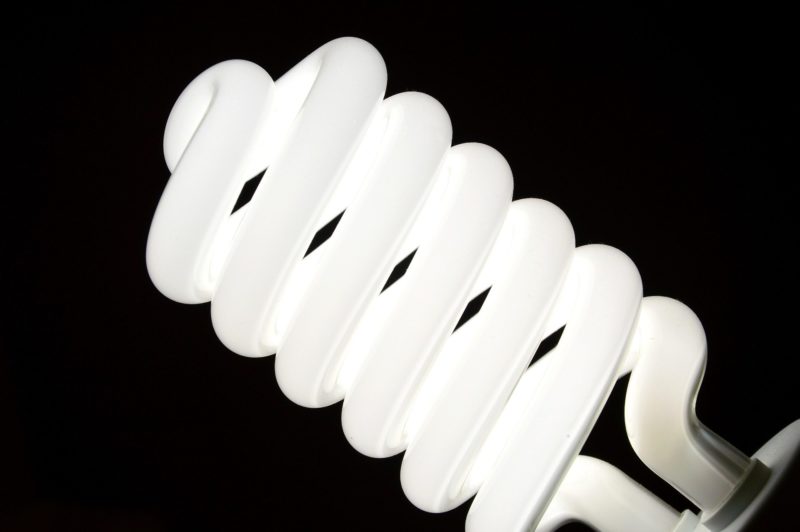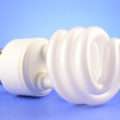Once dubbed an Energy Saver, Compact Fluorescent (CFL) light bulbs seem to be losing out to LEDs.
The CFL lamp was invented by an engineer at General Electric. Philips created the first successful CFL replacement for incandescent light bulbs in 1980. In 1985, Osram created the first CFL to include an electrical ballast. The helical CFL (in layman’s terms – the swirled one) began to sell in 1995 and has increased in popularity since.
The CFL became the first light bulb to come in different shades of white whereas incandescent light bulbs were only available in one shade. CFL lamps surpassed incandescent light bulbs with their longer rated lifespan and their brighter light which requires less power (watts). This means CFL light bulbs use about one-quarter of the power of an incandescent and last about 8 times as long. Because of the dramatic difference in energy usage and lifetime expectancy CFL light bulbs were highly recommended and were even given out for free in an attempt to reduce power consumption.
However, research conducted by Energy Star US suggested that the amount of light produced by a CFL would greatly decrease towards the end of its lifespan. It could also cost 4 times as much as an incandescent. Lighting technology developed a new breakthrough in the 1990s. Nobel prize winners Shuji Nakamura, Isamu Akasaki and Hiroshi Amano developed the first blue LED in 1994.
This discovery quickly led to the white LED light bulbs we see today. Despite their early development LED light bulbs have only been in the mainstream market for approximately the past 6 years due to cost prices/manufacturing costs decreasing LED light bulbs use around 10% of incandescent light bulbs power with the same light output. The cost prices, however, are around £10 per light bulb as opposed to £1.20 for an incandescent.
Due to the massive difference in energy consumption, LED light bulbs are becoming increasingly popular and their costs are reducing at a rapid rate.
Leading the way in energy savings, LED light bulbs also don’t have an environmental impact, unlike CFL light bulbs which contain mercury which is toxic. It also doesn’t heat up, lights instantly and is more durable which makes you wonder – are CFL light bulbs now irrelevant? They may have been the energy-saving choice of the 90s but it does seem as though LED light bulbs are the new energy-efficient choice. Halogens are due to be banned after incandescent light bulbs in the European Phasing out process and Compact Fluorescents could be next.
However, the varied shapes of Compact Fluorescents remain popular as they are seen as energy-efficient designer light bulbs made most popular by Plumen and are now used as décor as well as lighting.
2023/01 UPDATE: CFL light bulbs are now getting phased out with the first ban February 25th 2023.





Well I’ be! the cfls are good for all lamp fixtures, and I like them because the base of the light bulbs, doesn’t get hot. I love all cfls.